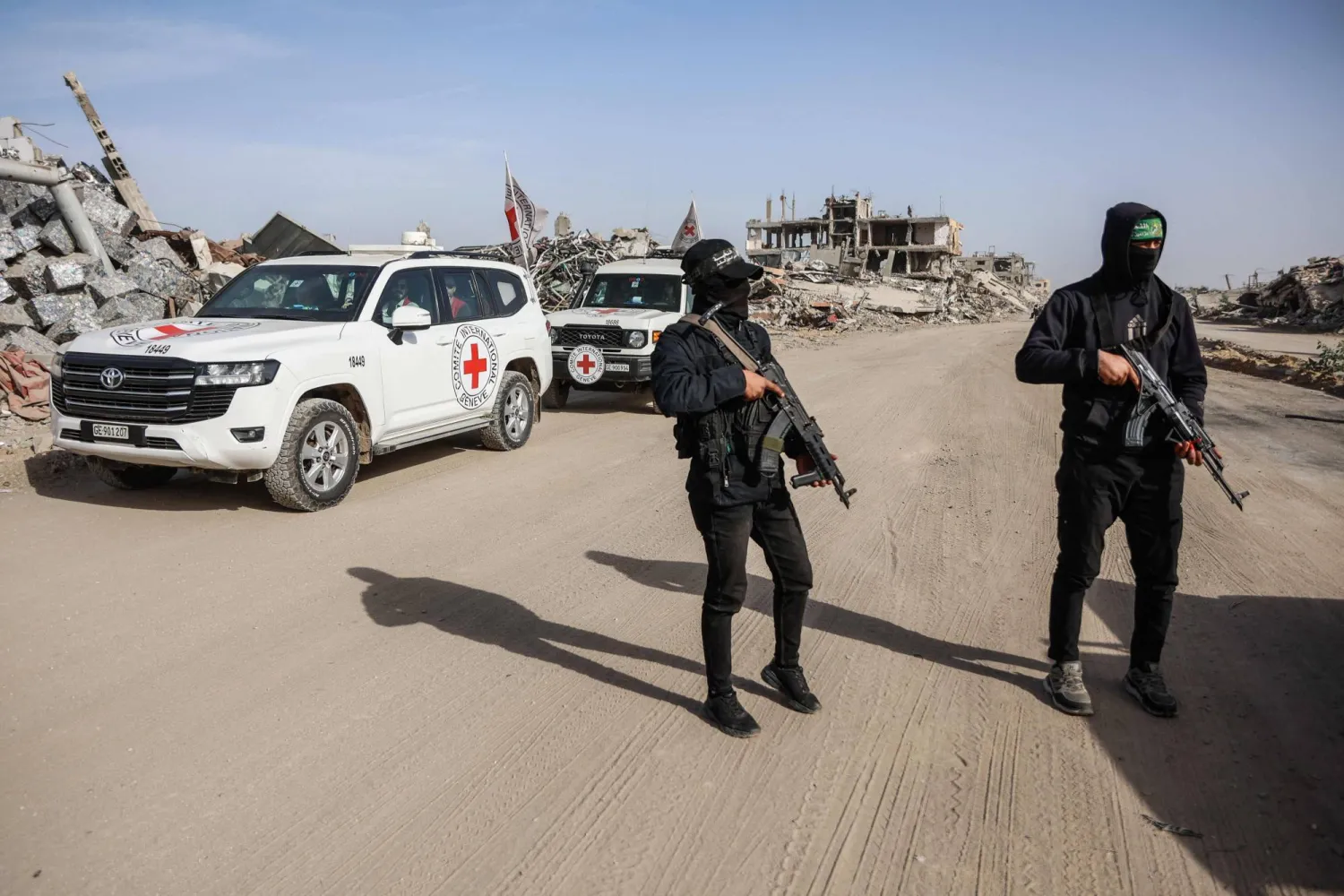Floods following heavy rain in Sudan have killed more than 80 people and damaged or destroyed tens of thousands of homes, an official said Monday.
"A total of 84 people were killed and 67 others injured in 11 states across Sudan since the beginning of the rainy season," said Abdel Jalil Abdelreheem, spokesman for Sudan's National Council for Civil Defense.
The deaths were drowning, electrocution and house collapses, he added. Some 8,408 houses have also been destroyed and more than 27,200 damaged across Sudan, AFP reported.
Torrential rains usually fall in Sudan between June and October, and the country faces severe flooding every year, wrecking properties, infrastructure, and crops.
The United Nations estimates that heavy rains and floods have affected some 102,000 people since July.
Nearly 50 villages have been submerged in southern Sudan, displacing some 65,000 people including South Sudanese refugees whose camp was inundated, the UN said in a report last week.
Last year, heavy rains forced Sudan to declare a three-month state of emergency, after flooding affected at least 650,000 people, damaging or destroying more than 110,000 homes.









